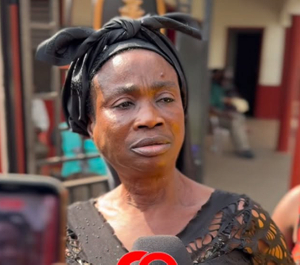Following the decision by the grouping of the richest 20 countries in the world to suspend debt servicing payments due them in 2020 from the 76 poorest countries in the world, made last week at the G-20’s latest meeting in Saudi Arabia, Ghana stands to save as much as US$350 million in debt servicing payments this year.
Ghana is certain to qualify, ranking as the 59th poorest country in the latest rankings contained in the IMF’s World Economic Outlook, published in April 2019. The rankings use per capita Gross Domestic Product (that is average GDP per person in a country) as its primary parameter although this is further adjusted for different price levels in various countries as measured by purchasing power parity, PPP.
By this method, Ghana’s PPP adjusted per capita GDP is US$6,998. African countries make up the majority of the eligible beneficiaries.
As at the end of 2018, the latest date for which comprehensive data on Ghana’s public debt and consequent debt servicing obligations are available, the country’s debt was GHc173.1 billion of which external debt was GHc86,169.0 million, translating into US$17,868.5 million at the time, and accounting for 49.1 percent of total debt.
Of this commercial debt, accounted for 56.6 percent and debt owed to export credit agencies accounted for another 6.9 percent. None of this however qualifies for debt relief under the new G-20 initiative. But multilateral debt, owed to institutions such as the World Bank and the IMF, as well as bilateral debt owed to development partner countries do, these accounting for 35.8 percent and 13.7 percent respectively.
In 2018, Ghana paid principal of US$168.7 million and interest of US$42 million on its bilateral debt as well as US$63.8 million in principal and US$52.6 million in interest on multilateral debt,, both categories being eligible to be suspended this year. In total, debt servicing on government debt and that guaranteed by government amounted to US$210.7 million for bilateral debt and US$116.4 million for multilateral debt. Despite being small compared with the US$2,166.8 million paid on commercial debt in that year, it still added up to a highly significant US$327.1 million.
Although projections for 2020 are not publicly available, Ghana’s public debt growth rate suggest that debt servicing obligations this year will be substantially higher than for 2018; in 2017, total bilateral and multilateral public debt servicing payments were US$291.7 million, growing by 12 percent the following year. At that rate of growth, Ghana’s debt servicing obligations on its multilateral and bilateral debt from official sources could exceed US$366 million for 2020.
At current exchange rates, this translates to GHc1.95 billion, which is more than one and a half times the GHc1.2 billion allocated by government for its Coronavirus Alleviation Programme, CAP. This means government could comfortably double its CAP funding, with plenty left to spare. However there is no certainty that it will opt to do so; it has several other pressing fiscal needs, including a reduction in the revised fiscal deficit below 6.6 percent.
Business News of Monday, 20 April 2020
Source: goldstreetbusiness.com













